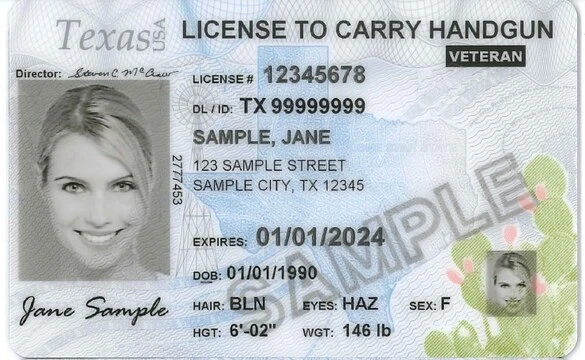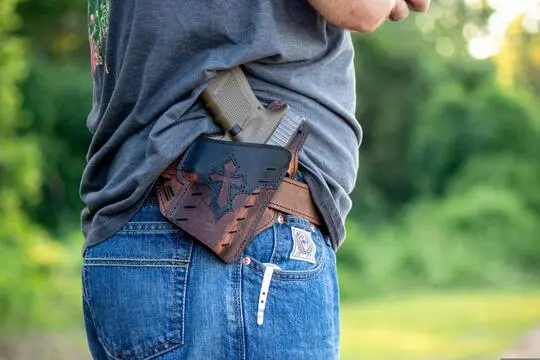The State of Texas has a reputation for being gun-friendly, and for many Texans, owning and carrying a firearm is a way of life. Texas gun laws have evolved over time, and one of the most significant changes was the introduction of the Texas License to Carry (LTC) law, which replaced the concealed handgun license (CHL) law in 2016. This article will explore the Texas LTC laws, safety requirements, and provide insights on how to navigate them.
What is the Texas License to Carry?
The Texas LTC allows individuals to carry a concealed handgun on their person or in a vehicle. The license also permits open carry of a handgun in a shoulder or belt holster. To obtain an LTC, individuals must meet the following requirements:
- Be at least 18 years old
- Be a legal resident of Texas or have a valid Texas concealed handgun license
- Not have any criminal convictions, pending charges, or protective orders
- Not be chemically dependent or diagnosed with a psychiatric disorder
The Application Process
The application process for an LTC includes completing a four to six-hour course approved by the Texas Department of Public Safety (DPS), submitting fingerprints, and paying a fee of $40 to $140, depending on the applicant's age and military status. The DPS conducts a criminal background check and may request additional information if necessary.
Texas Gun Laws
It's essential to understand Texas gun laws, even if you have an LTC. For example, carrying a firearm into a place of worship, a school, or a government building is prohibited. Additionally, it's illegal to carry a firearm while intoxicated or under the influence of drugs. Violating these laws can result in criminal charges and the revocation of an LTC.
Gun Safety
Safety is a critical aspect of owning and carrying a firearm. It's important to remember the following safety tips:
- Always keep your firearm pointed in a safe direction
- Keep your finger off the trigger until you are ready to shoot
- Treat every firearm as if it's loaded
- Be sure of your target and what's beyond it
- Store firearms in a secure location, away from children and unauthorized individuals
- Practice shooting at a licensed range and keep your skills current
Conclusion
The Texas License to Carry law provides a pathway for law-abiding citizens to carry firearms for self-defense. It's essential to understand the application process, Texas gun laws, and safety requirements. Always remember that owning and carrying a firearm is a significant responsibility that requires proper education and training.




